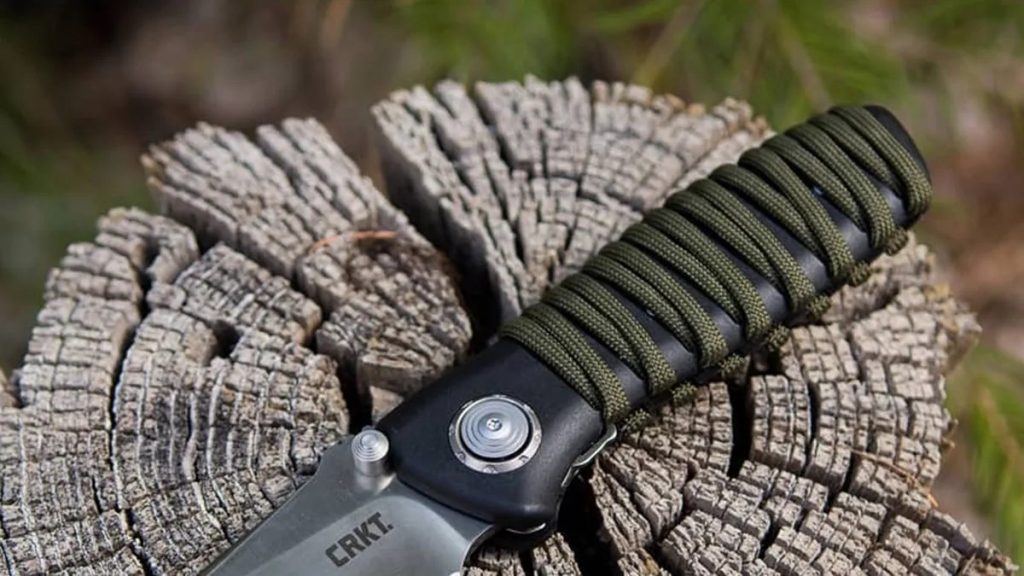Vintage watches combine history, style and mechanical ingenuity into one wrist-sized package. What’s not to love, for instance, about a pilot’s watch from the 1940s that’s both beautiful and recalls the early era of commercial flying? Or a decades-old watch from a legendary brand? How about one of the first dive watch designs from a lesser-known brand?
Simply by being old and still ticking, a vintage watch connects us to many stories other than our own, while adding some secret sauce (nobody else can have this one very cool watch) to our personal style.
Types of vintage watches
Maybe the best thing about vintage watches is that they come in all varieties. However, they can generally be divided into three rough groups, according to Steve Kivel, a third-generation vintage watch seller and repairer and the owner of Grand Central Watch, located in New York City’s Grand Central Station.
“You have investment-level vintage watches, everyday vintage watches, and priceless vintage watches — those ones that are sentimental, I mean,” Kivel says. These run the gamut from beat-up old Seikos for $90 to Paul Newman Rolex chronographs worth millions to family heirlooms whose value is beyond any price.
One thing all vintage watches share in common, however, is a need for special care. They are by definition old, after all. Their needs are further complicated by their complexity.
“Mechanical watches are complex, tiny machines made of metal,” Kivel says. “Every time you strap on your favorite vintage watch, you are incurring wear and tear.”
These hard truths of age, decay and price make owning a vintage watch a hairy affair. The bad news is, yes, a vintage watch comes with more work than, say, snagging a shiny new Rolex off the shelf. The good news is that with a few rules and know-how, any potential vintage watch owner can feel great buying an interesting and exciting watch.



